Authors: Helena Angelica Pereira Batatinha, Karsten Krüger and José Cesar Rosa Neto
Abstract: The coronavirus disease 2019 (COVID-19) pandemic is currently the biggest public health concern across the globe. On a global scale, from December 2019 to September 2020, more than 34,114,000 people were infected with the disease, with 1,016,000 deaths recorded (1). Although the etiology of the disease has long been investigated, it is still a harsh challenge for the medical and scientific community. covid-and-exercise.pdf (37 downloads ) COVID-19 infection is complex, and the risk factors are different from the known viral respiratory infections. People with chronic inflammatory diseases (such as obesity, hypertension, diabetes, and cardiovascular disorder) are at a huge risk of developingmoderate to severe symptoms and being hospitalized in the intensive care unit (ICU) (2, 3). The most common phenomena among these conditions are chronic low-grade inflammation and increased cardiovascular complications. Several evidences have been put forward to support the association between COVID-19 and thromboinflammation (3, 4). Specifically, venous thrombosis has been found to be causally related to pulmonary embolism in many cases (5).Exercise is well-known for having a prophylactic and therapeutic effect on chronic inflammatory diseases, with a high impact on the vascular system. Furthermore, it has been reported that exercise may decrease the severity of infectious diseases and number of days of disease symptoms (6). Consistent with this, it is speculated that regular exercise represents a protective factor against the severity of COVID-19 relating to thromboinflammation and its complications.
Link full text: https://www.ncbi.nlm.nih.gov/pmc/articles/PMC7775570/pdf/fcvm-07-582824.pdf

